

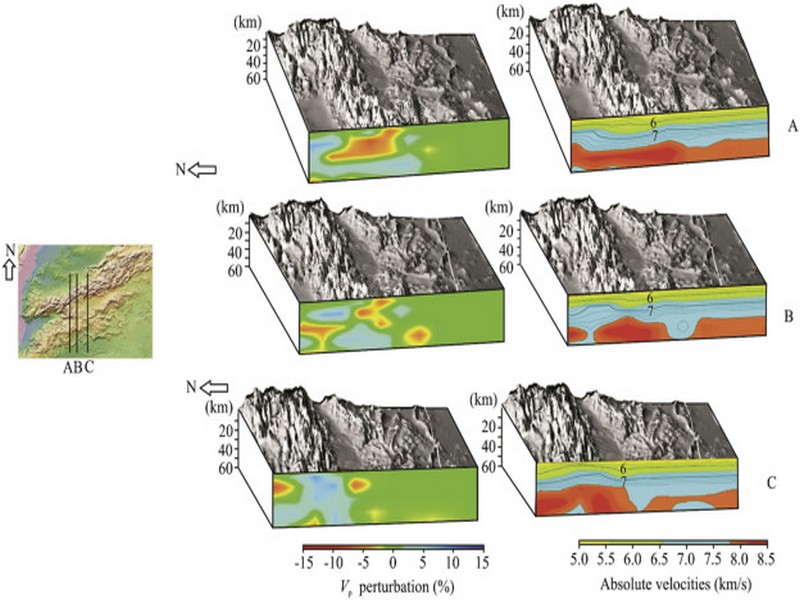
CENTRAL ANTI-ATLAS TRAVERSE: the northern border of the West African Craton
By DR. M. OUKASSOU, DR. H. EL HADI, DR. F. HAISSEN, DR. N. SABER
ITINERARY and OBJECTIVES
The south of Morocco is one of the most attractive touristic areas with diversified landscapes from snowy mountains to desert plains. The High Atlas with his 3000 to 4000 meters forms a major climatic barrier to the Atlantic perturbations, which account for the arid climate of the Anti Atlas sub Saharan domain south of the chain. These regions are occupied by berbere speaking populations with long hospitality tradition.
The two day trips follow most touristic roads and visit outstanding outcrops illustrating a central transect across the Anti-Atlas belt (figures G1 & G2), which corresponds to the external fold belt of the Hercynian (Variscan, Alleghanian) chain, but it also includes large Pan African inliers. The High Atlas formed during the Cenozoic at the expense of an aborted Triassic Jurassic rift. Therefore, three superimposed Wilsonian cycles can be illustrated during the trips. The itinerary will make possible to illustrate the complex geological history of these areas from 2 Ga to present day. Our purpose is to present and discuss various regional and thematic (sediment logical, structural, magmatic and
metamorphic) features, which record the main geodynamical events during this long geological history. Magnificent minerals (erhytrite, vanadinite...) and fossils (trilobites, goniatites...) can be purchased at many places.
During this field trip, the AgdzBou Azzer Tazenakht Agdzloop (figureG3)allows the participants to discover the PanAfrican belt (external platform domain in the Zenaga inlier, ophiolitic suture zone at Bou Azzer), the early volcano clastic cover sequence (late Neoproterozoic), and the mildly folded Early Paleozoic sediments (Cambrian and Ordovician).
Detailed road log for the trip are provided below along with Global Positioning Satellite (GPS) location at each stop. Note that all the stops are on public roads, and that the use of hammers and the collection of rocks are permitted.
Source web: DR. M. OUKASSOU, DR. H. EL HADI, DR. F. HAISSEN, DR. N. SABER sociedadgeologica.es
Les articles en relation
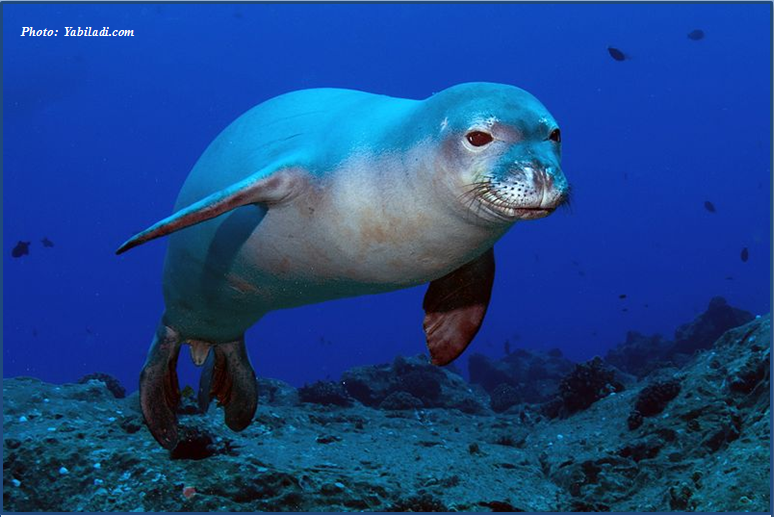
Le phoque moine
Le phoque moine Le nom latin du phoque moine de Méditerranée est Monachus monachus. On l’appelle phoque moine car avec sa couleur brune et son cou qui fait des replis, on dirait qu’il porte une capuche comme cel
Savoir plus...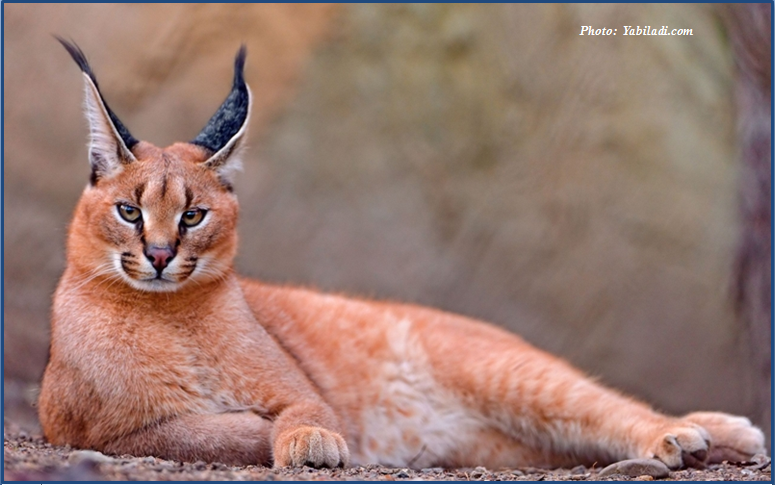
Mrirt: observation d’un caracal
Mrirt: observation d’un caracal Un ornithologue marocain a observé un caracal à l’état sauvage, la semaine dernière, dans la région de Mrirt. Encore une de ces nouvelles qu’on aime. L
Savoir plus...
Déserts du Maroc
Si le Maroc, dont l’échine dorsale semble être cet Atlas majestueux qui le parcourt, est un pays montagneux largement ouvert sur la mer et bordé de grandes plaines côtières, le désert tient
Savoir plus...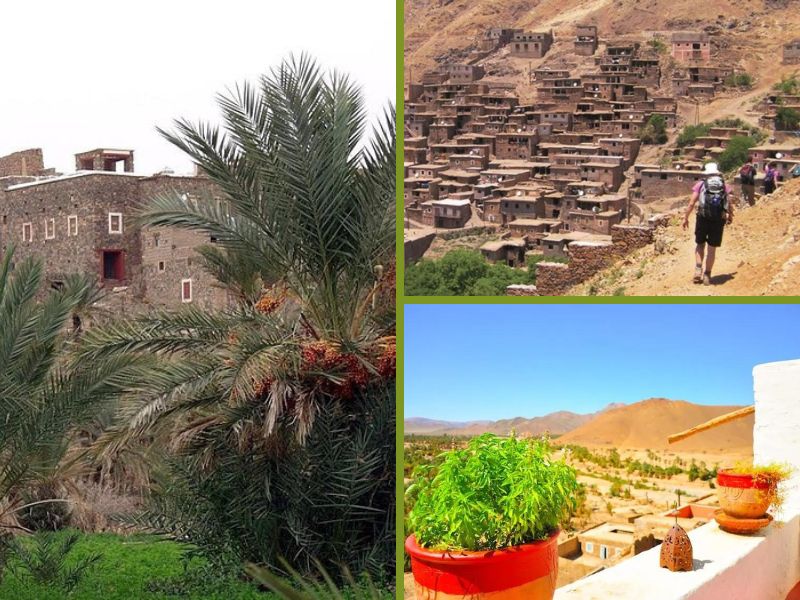
Favoriser le Tourisme Rural au Maroc dans un Contexte de Développement Local
Favoriser le Tourisme Rural au Maroc dans un Contexte de Développement Local Le Maroc, avec ses paysages diversifiés, sa culture riche et ses traditions authentiques, possède un fort potentiel pour le déve
Savoir plus...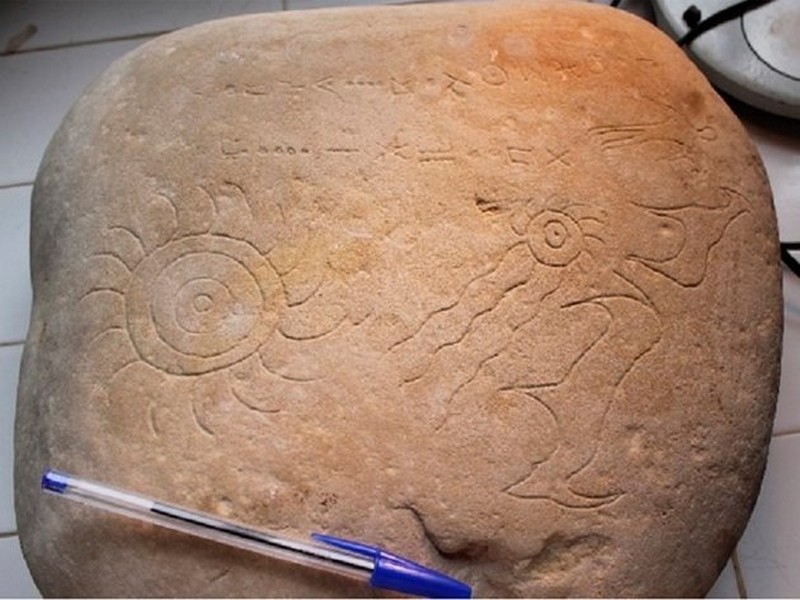
Astroarchéologie: Ce chercheur explique pourquoi cette découverte au Maroc est exceptionnelle
Astroarchéologie: Ce chercheur explique pourquoi cette découverte au Maroc est exceptionnelle MÉTÉORITES - Des chercheurs marocains ont récemment fait une découverte de taille pour l’as
Savoir plus...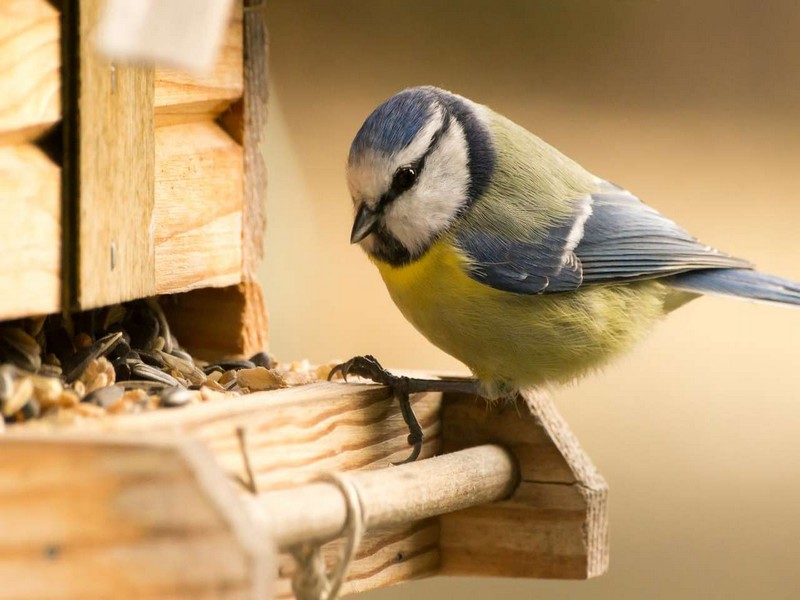
Comment nourrir les oiseaux en hiver ?
Comment nourrir les oiseaux en hiver ? Que ce soit en installant des mangeoires dans le jardin, sur la terrasse ou bien en leur jetant des miettes de pain, le geste de nourrir les oiseaux, en hiver ou en été, semble nat
Savoir plus...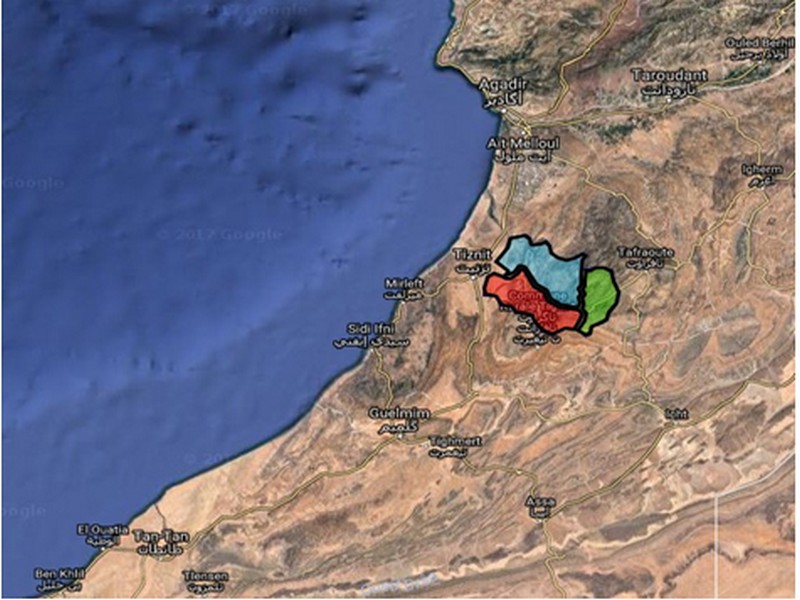
La Tribu Ida Oultite
La Tribu Ida Oultite Histoire d'Ida Oultite Ida Oultite est composée de trois tribus berbère du même origine: 1. Ida Garsmouk 2. Ida Baakil
Savoir plus...
Naissance d’une association pour le développement du Géoparc de Jbel Bani à Tata
Naissance d’une association pour le développement du Géoparc de Jbel Bani à Tata La ville de Tata a abrité, le 10 avril courant, la 8ème édition de sa foire agricole. C’est l&r
Savoir plus...
La météorite du Sahara vient bien de Mars
La météorite du Sahara vient bien de Mars Un fragment de 28,5 g de la météorite martienne de Tissint. Crédit : J.-L. Dauvergne/Ciel et Espace Photos. Ciel & Espace vous l'annonçait
Savoir plus...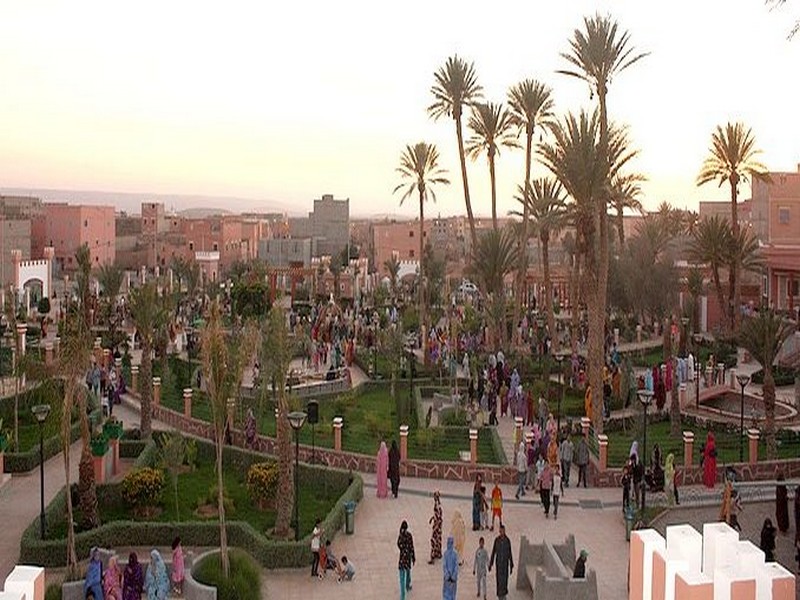
LES ATOUTS ECO-TOURISTIQUES DE GUELMIM PRESENTES A TOP RESA (Géoparc Jbel bani)
LES ATOUTS ECO-TOURISTIQUES DE GUELMIM PRESENTES A TOP RESA (Géoparc Jbel bani) Le Conseil régional du tourisme de la région de Guelmim-Oued Noun sera présent à Top Resa à la Porte de Versail
Savoir plus...
Nuées d'étourneaux : comment coordonnent-ils leurs vols ?
Nuées d'étourneaux : comment coordonnent-ils leurs vols ? Les étourneaux, et d'autres oiseaux se comportent souvent comme une unité, formant une nuée, filant parfois dans une direction pr&ea
Savoir plus...Les tags en relation
En savoir plus sur " Géologie et TSGJB - AMDGJB ! "
Consulter les vidéos de " Géologie et TSGJB - AMDGJB ! " Consulter les photos de " Géologie et TSGJB - AMDGJB ! " Consulter les publications de " Géologie et TSGJB - AMDGJB ! " Consulter les éditions de " Géologie et TSGJB - AMDGJB ! " Consulter les communications de " Géologie et TSGJB - AMDGJB ! "Recherche du site
Recherche avancée / SpécifiqueVulgarisation à la géologie
Qu'est ce que les sciences de la terre: vulgarisation Qu'est ce que la géologie ? Géologie et TSGJB - AMDGJB !
Géoparc et Recherche Scientifique
Le coins de l’étudiant



Blog Géoparc Jbel Bani
Dictionnaire scientifique
Plus de 123.000 mots scientifiques
Les publications
Géo parc Jbel Bani

Circuits & excursions touristiques

cartothéques


Photothéques
Publications & éditions



